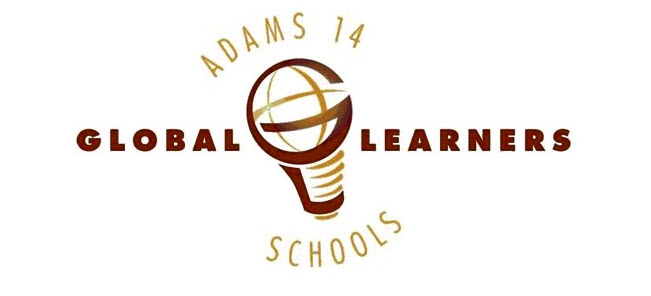Geotechnologies, like Google Earth, can provide a great way for students to collect data. As I explored using Google Earth this year in my science classroom, I collected some research. I would like to share that research with you.
I found out that the GIS company called ESRI, Inc. have K-12 programs. You can go to www.esri.com/k-12 for programs. Also, Northwestern University has created a GEODE Initiative (www.worldwatcher.northwestern.edu) and they have also created a GIS specifically for K-12 student.
Two of the more common GIS geographic data explores are Google Earth (http://earth.google.com) and ESRI's ArcGIS Explorer (http://esri.com/arcexplorer.)
Educational Research that Supports the use of GIS in the classroom:
I found that the National Academies Press publication Learning to Think Spatially: GIS as a Support System in K-12 Curriculum arues for the inclusion of spational reasoning through the disciplines of geography in science. In this report, spatial thinking was identified as the "cognitive tools...that allow for a constructive amalgam of three elements: concepts of space, tools of representation, and process of reasoning."
The Department of Labor has sited the geotechnical industry as one of the three fastest-graowing technology industries. As science teachers use geotechnologies to support and extend inquiry exercises, they will be mimicing the field techniques of scientists in various fields and also engineers.
According to a study done by Kerski (2000) and another study done by Olsen (2000), when geotechnologies are used to support inquiry or problem-based learning, students attitudes toward science improved, and the abilities of students to conduct scientific investigations also improved.
From NSTA: Best Practices for Using Geotechnologies
1. Prepare students to use maps and spatial tools effectively.
-Explicitly teach map reading and analysis activities prior to using geotechnologies.
-Hang vegetation, migratory, geology or hydrology maps on classroom walls. Mark interesting or unique points on the map with transparency markers.
-Have students find their home, school, and popular hangouts on a map or image of their hometown.
2. Plan for a phased-in instructional approach when using GIS to support inquiry.
-Presentation: use your Smartboard to show maps from a website to the students. The teacher presents the map and presents the map to the class. This sets the context for learning.
-Exploration: Students begin to play with GIS software and data. Students turn data layers on and off, make layers active, and add/delete layers.
-Analysis: These are constructed activities prepared by the teacher. The teacher sets up activities where students compare and contrast data layers. Teachers can also have students make relationships between data sets. Other analysis tasks include: identifying what's inside, outside, or nearby another object or class of objects.
-Synthesis: Teachers creative activities where students create new data layers. Another activity is to have students recombine data layers into new patterns. For example, students may crate a new layer from three environmental factors (ie. elevation, precipiatation, temperature), in an attempt to create a single composite data layer.
-Visualization: Teachers create activities where students search for new patterns within the data layers. In other activities, students can manipulate the way map data are represented. Three- and four-dimensional modeling and animations can also be used.
3. Teachers guide students through inquiries that are focused on local issused. Teachers can also bring in collaborators.
-By creating inquiry investigations that link to students' communities, teachers make learning relevant. Students also develop a sense of ownership in the problem and solution.
-Teachers can find that local county mapping offices can provide data and create poster-size prints of maps.
4. Scale the technology with your personal comfort level and the school's technical capacity.
For more information of how to implement GIS in your classroom, visit NSTA.org. Happy mapping!
Subscribe to:
Post Comments (Atom)


No comments:
Post a Comment